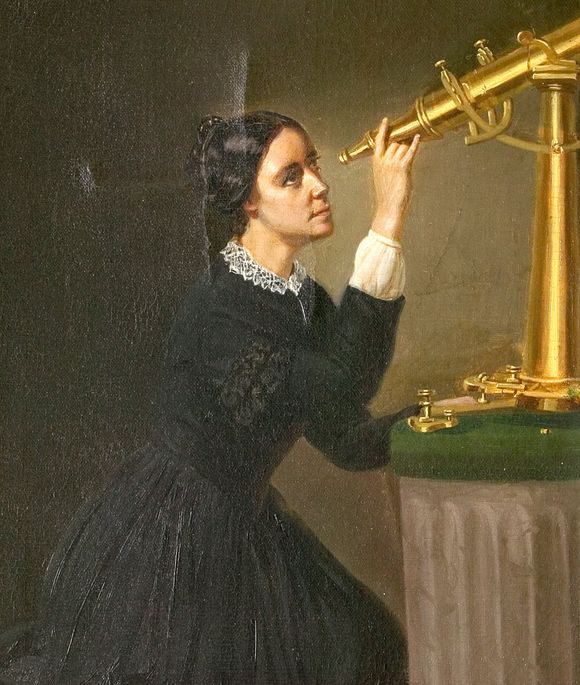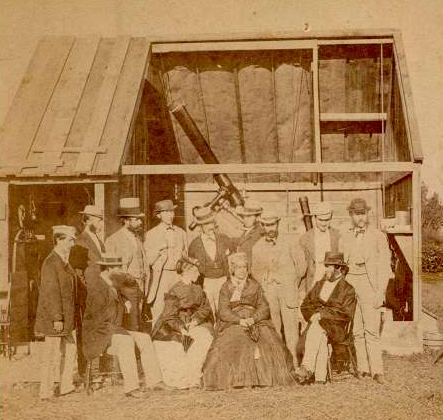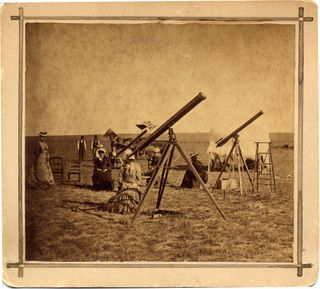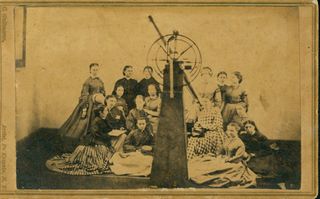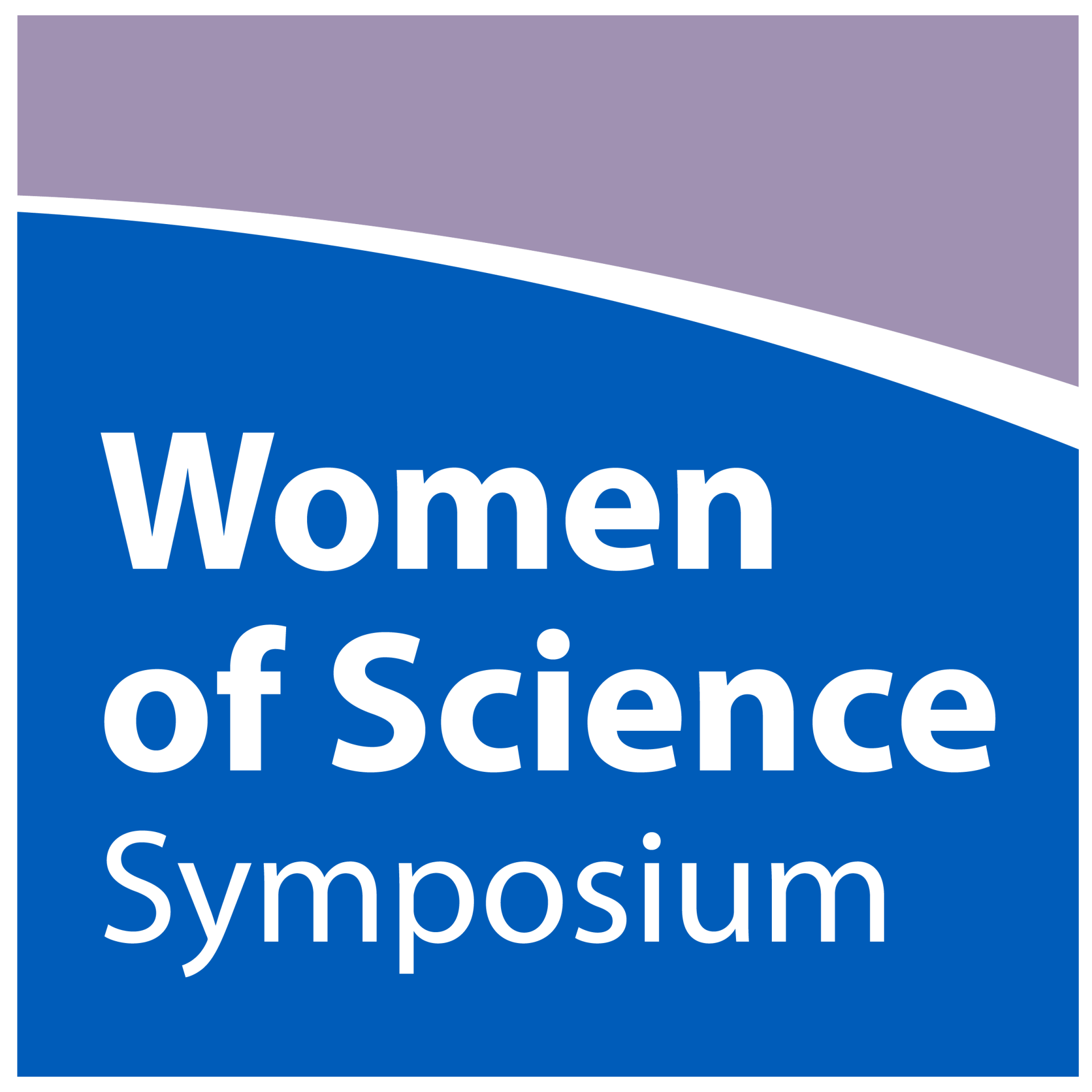WHO WAS MARIA MITCHELL?
In a small house on Nantucket Island, America’s first woman astronomer was born and raised in a Quaker family of ten children. Surrounded by books, supported in learning, encouraged to inquire, to ramble and investigate the natural world around them. Science ran rampant through the household with an astronomer and teacher father, a librarian mother. A happy house, filled with color where it could be found – as such a thing was frowned upon by the Friends (Quakers). All the children learned to assist their father in his astronomical work, but Maria seemed to take to it much more – her first love being mathematics.
Outside the doors of their home, Maria had the unique opportunity to be raised on a heavily Quaker-influenced island where she saw women at work in a time where women were most often relegated to the sphere of domesticity. The first twenty-eight years of life, spent on tiny, isolated and independent Nantucket and raised in a Quaker family that highly valued education and inquiry, would shape Maria for a future of hard work and major scientific and social accomplishment. Her life off the island would be one of further exploration, life on the world-stage, and a long tenure of educating the future women scientists and educators of the world.
While her discovery of a telescopic comet on October 1, 1847, would launch her onto the world stage and bring her a gold medal from the King of Denmark – the first American and first woman to receive the honor – Maria was a woman who was among the first in many things. One of the first women to work for the US federal government, the second woman to be inducted into the American Philosophical Society, the first woman inducted into the American Academy of Arts and Sciences, and one of the first to be inducted into the American Association for the Advancement of Science. She was the first professor – female or male – who was hired by Vassar College (founded 1863, opened 1865) making her the first woman professor of astronomy in the United States. And, she was the founder of the Association for the Advancement of Woman – including its president for a term and the founder of its Science Committee which she chaired for the remainder of her life. She was also a founder of SOROSIS – a national women’s organization.
"Standing under the canopy of the stars, you can scarcely do a petty deed or think a wicked thought."
- Maria Mitchell
Maria Mitchell’s influence reached far and wide and remained strong through many generations of not just her own students but the students of her students. Her immediate galaxy was of course the women who took her astronomy and mathematics classes at Vassar. She instilled in her students a lifelong love of learning and learning-by-doing and the knowledge that as women, they had the power, strength, and knowledge to be the future of women scientists and educators of the world. Some would go on to great accomplishments and some would go on to quietly influence other young learners of the world – spreading Maria’s legacy farther afield. Her students became: the first woman to earn a Ph.D. in mathematics from Yale University, one of the first women to be admitted to MIT, a “computer” at the Harvard College Observatory, the founder of the home economics movement, astronomy professors, one of the first women admitted to the Royal Academy of Art in The Hague, teachers, doctors, influencers of girls and women for generations beyond Mitchell’s life.


